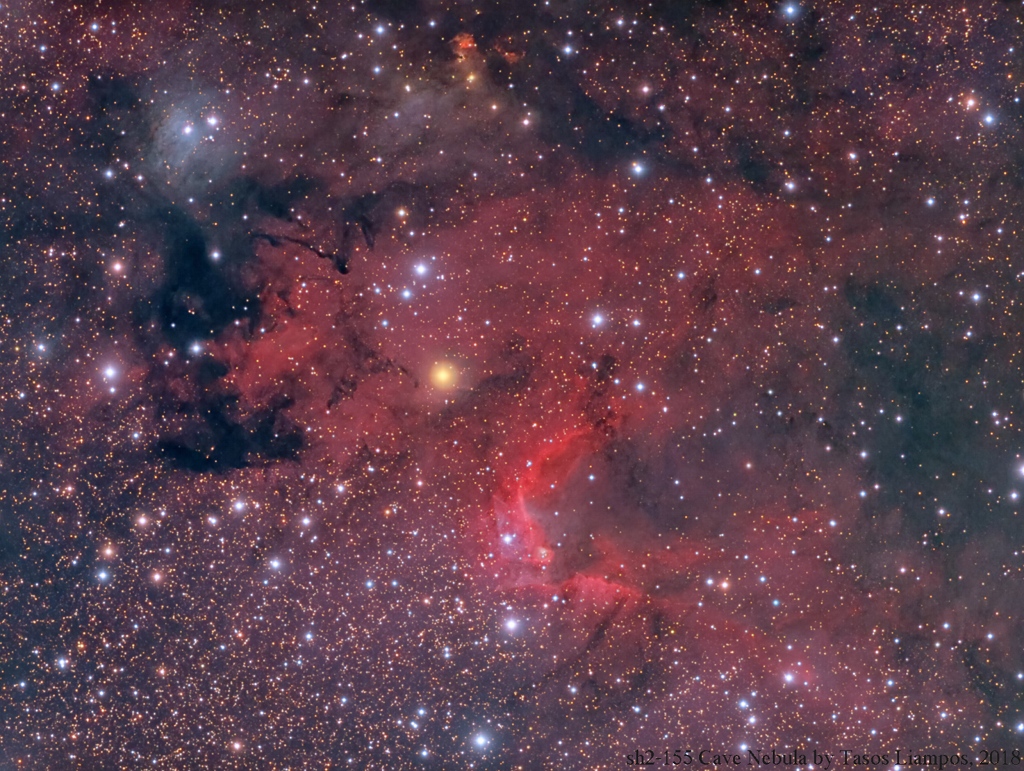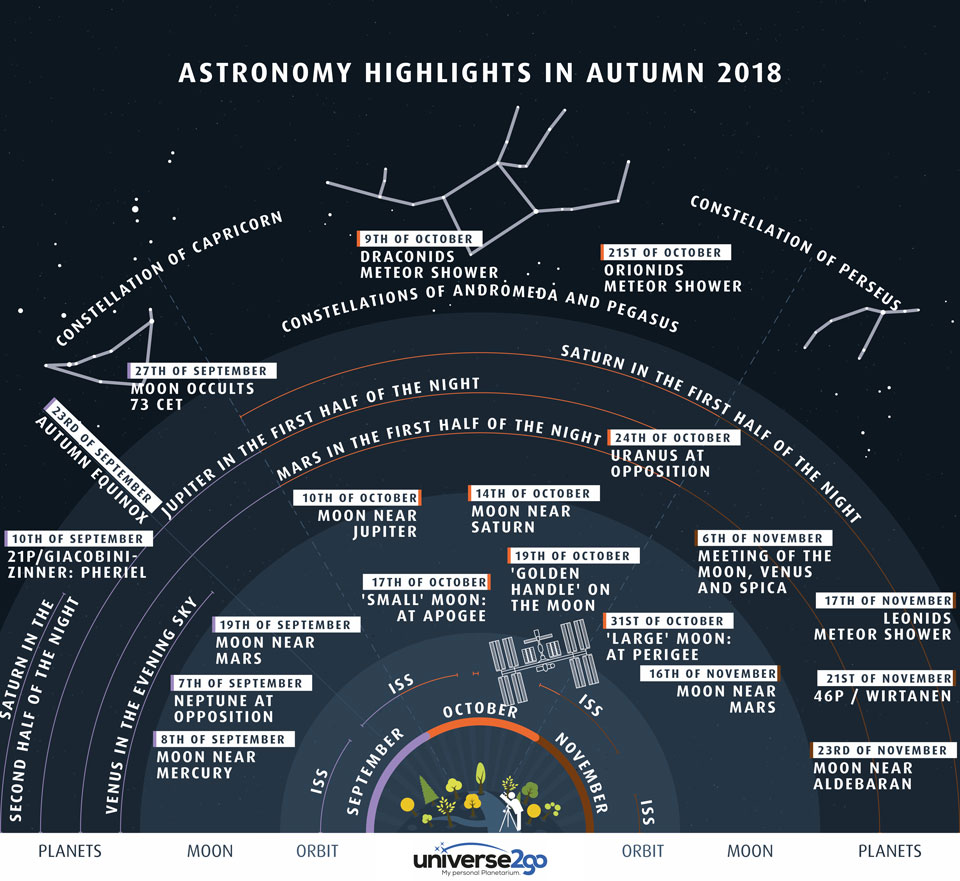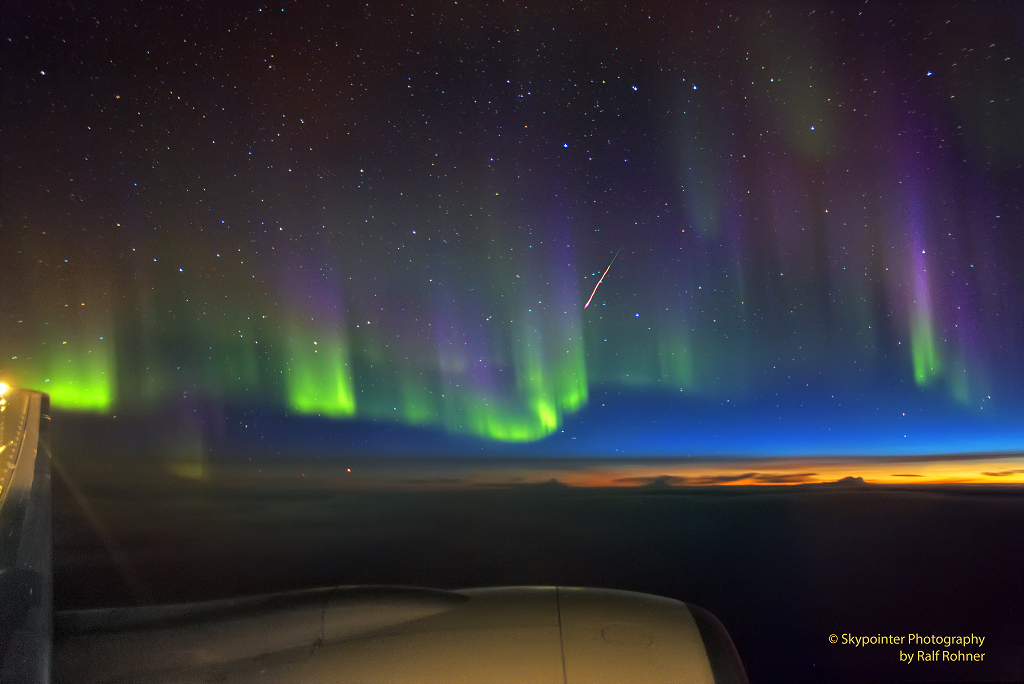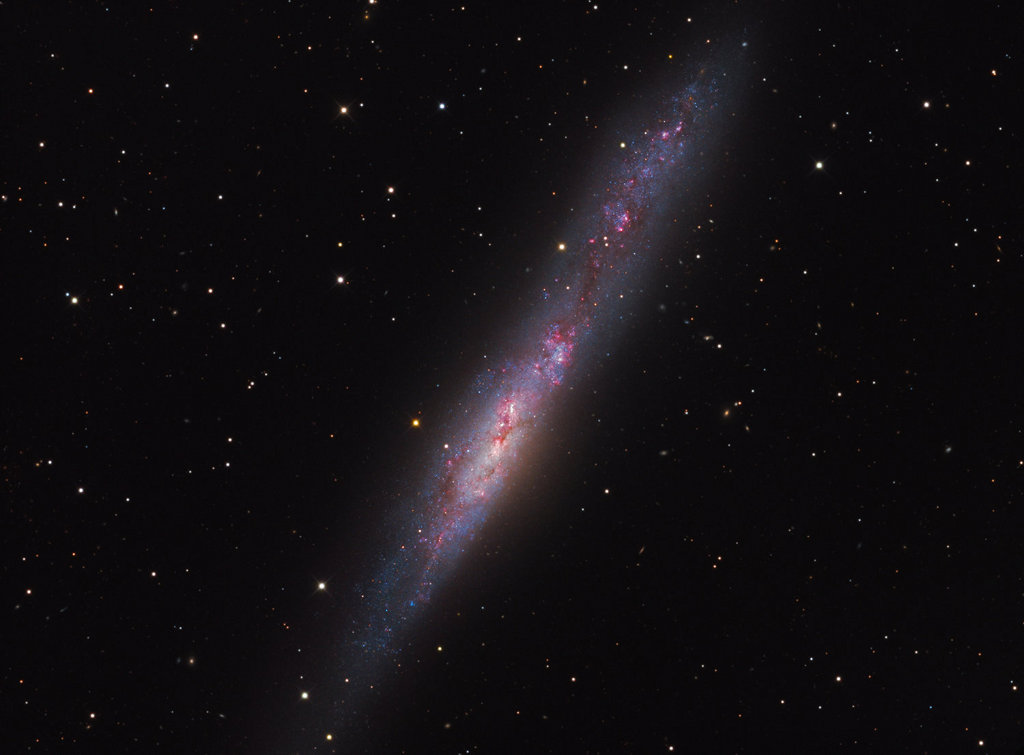
Le programme A330neo a été mené en un temps réduit. Le premier vol a en effet eu lieu, il y a tout juste 11 mois. 1.400 heures de vol de certification ont été effectuées dans cet intervalle par trois avions dont l’appareil destiné à la compagnie portugaise TAP. Plusieurs options avaient déjà été évaluées en vol entre le quatrième trimestre 2015 et le deuxième trimestre 2017 sur un A330, avant même le premier vol.
L’A330-900 et l’A330-800 sont les deux variantes de l’A330neo, autrement dit du vénérable biréacteur long courrier A330 remotorisé avec des moteurs Trent 7000 de Rolls-Royce, et doté d’une voilure optimisée et de nouveaux sharklets (dispositifs d’extrémité de voilure) constitués de matériaux composites plus légers. « Ensemble, ces avancées se traduisent par une réduction significative de la consommation de carburant, de l’ordre de 25 pour cent par rapport aux avions de la même capacité des générations précédentes. », assure Airbus.
Aerobuzz







